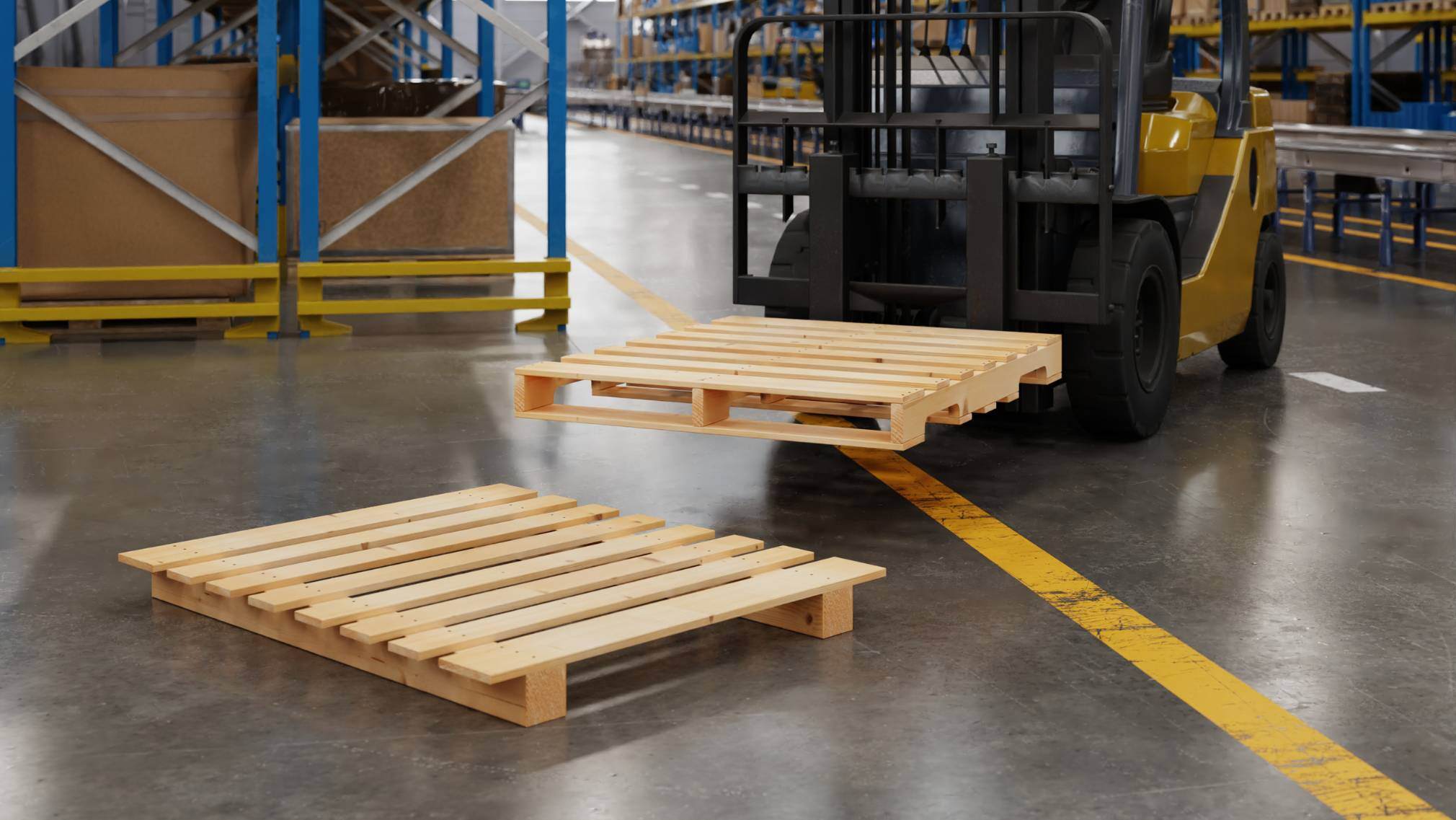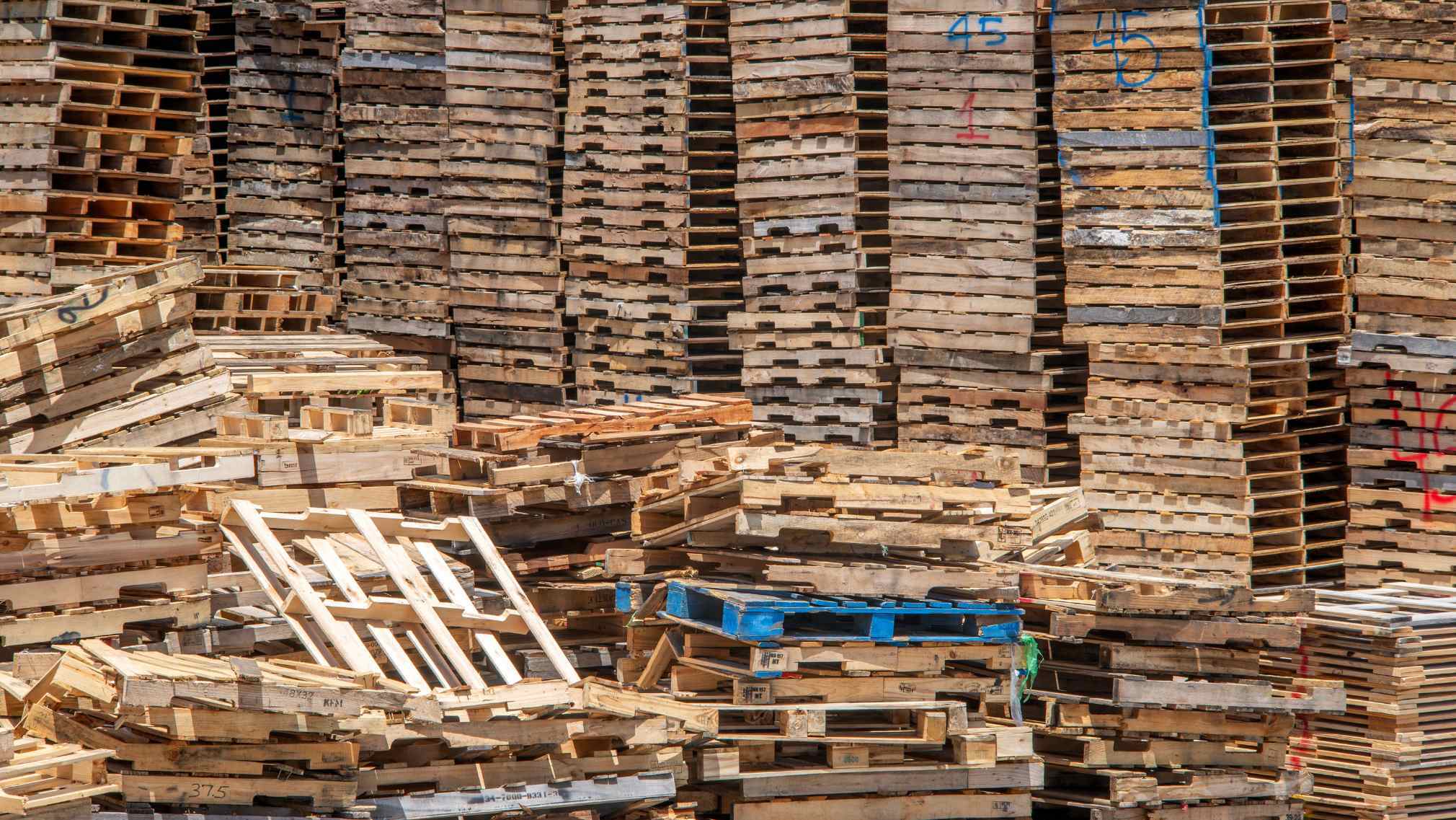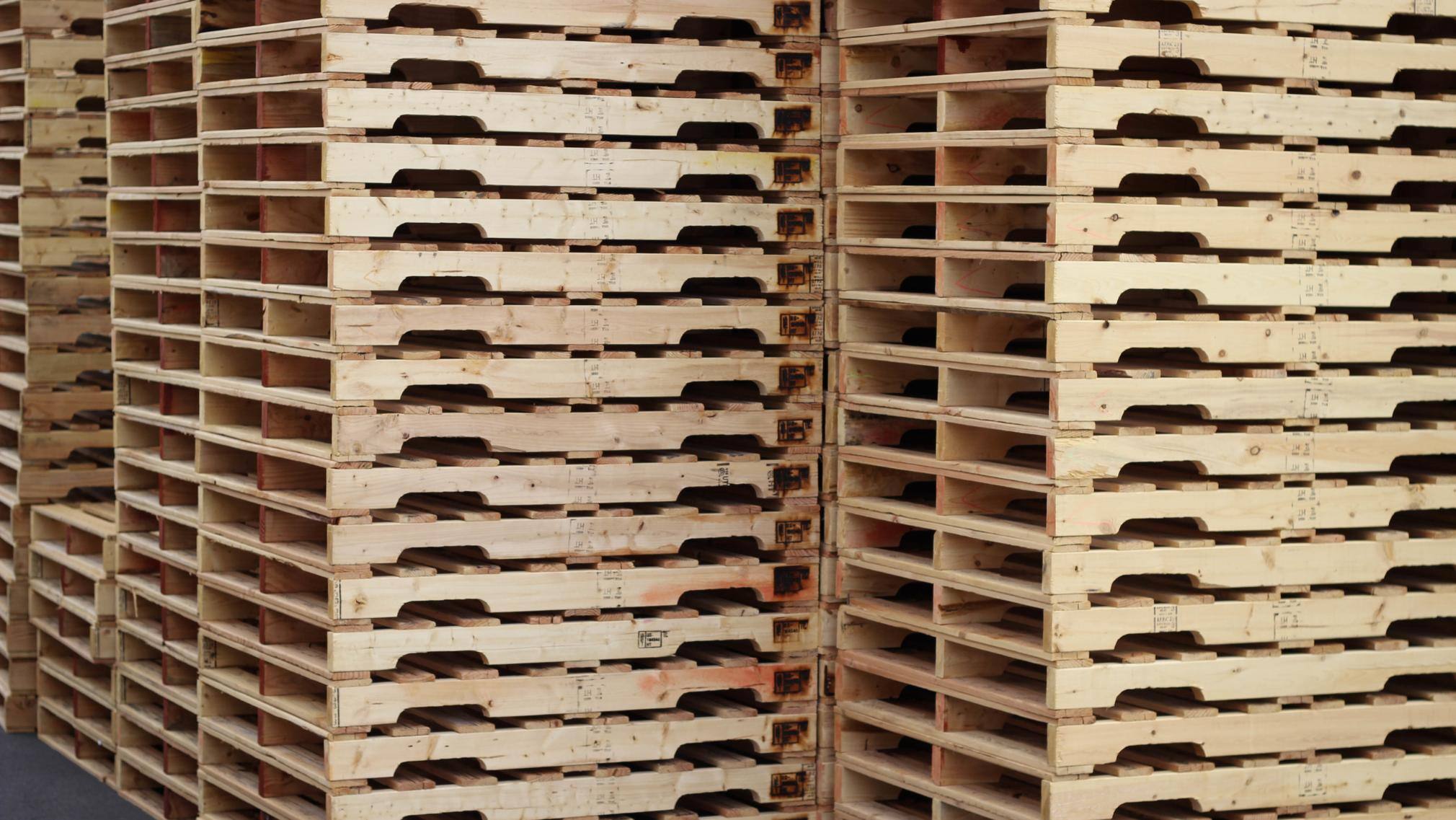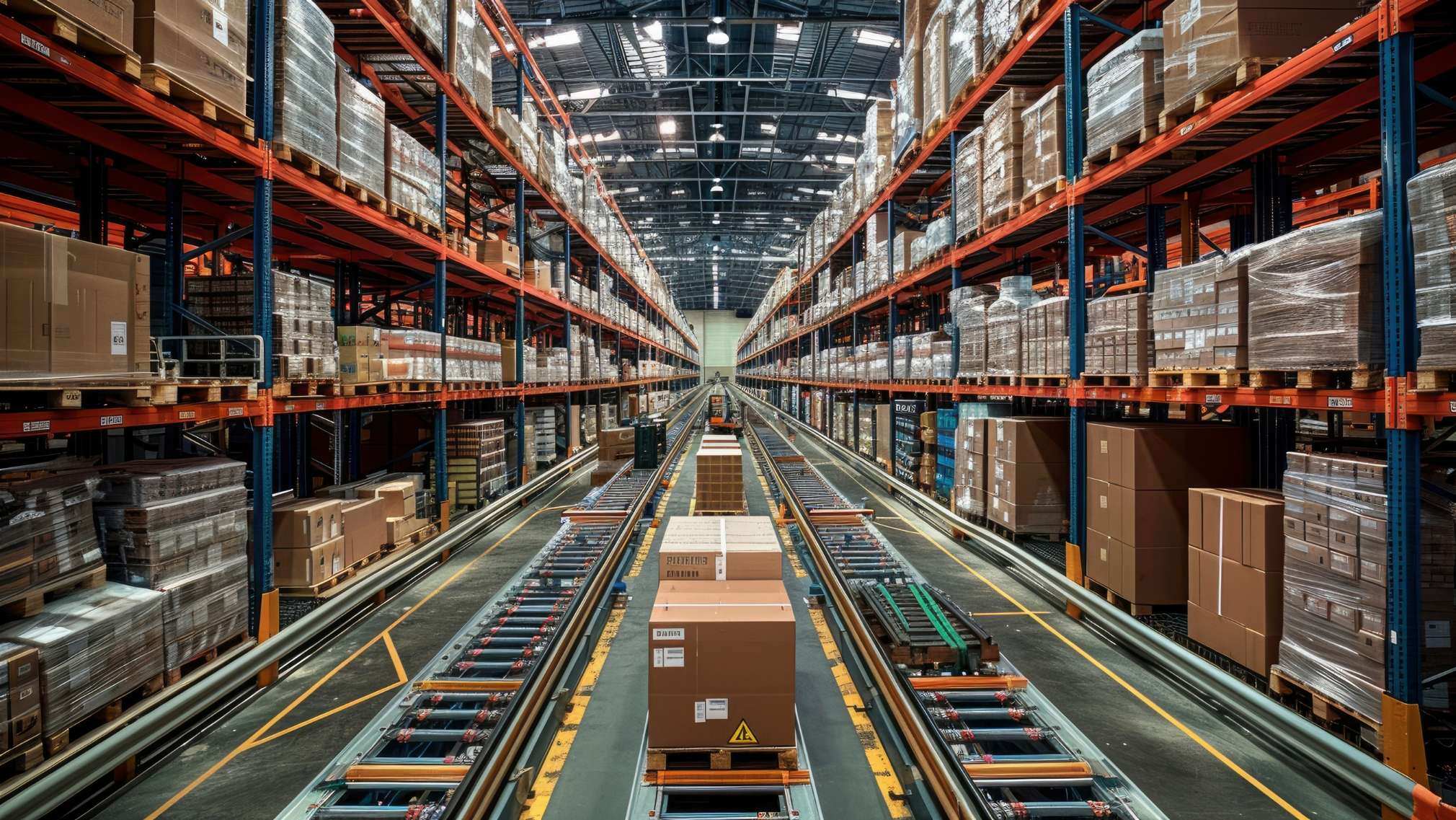New or Recycled Pallets: Which is Right for Your Warehouse?
Pallets are essential components in commercial and industrial operations. They are used daily to easily transport goods such as building materials,...
2 min read
UFP Packaging January, 30, 2025

Many people use the terms interchangeably, but there is a significant difference between skids and pallets, and knowing the difference can ensure you choose the best wood packaging for your requirements. Understanding these differences is essential to optimizing logistics and ensuring your products are stored and transported safely.
.jpg?width=600&height=400&name=pallet-versus-skid%20(1).jpg)
The primary difference between a skid and a pallet lies in their deck boards. Deck boards are the surfaces goods sit on for transport.
Skids: Skids only have top deck boards and rest directly on the ground on their stringers, much like a sled on its runners. Some even refer to the stringers as runners.
Pallets: In contrast, a pallet has deck boards on both the top and the bottom. When a pallet is on the ground, it rests on its bottom deck boards, with the product sitting on the top deck boards, separated by stringers in between.
When choosing between a skid and a pallet for your wood packaging needs, it's essential to understand their distinct characteristics and applications.
Pallets generally offer superior stability, versatility, and ease of handling, making them the preferred choice for most transportation and storage needs. However, skids are ideal for specific applications like heavy machinery or difficult conditions where their unique design provides practical benefits.
Choosing between a skid and a pallet is crucial for warehouse and shipping efficiency and product safety. Understanding the difference also matters when communicating with your wood packaging designer. Knowing whether you need a skid or a pallet helps them create the most suitable solution for your application.
Without this understanding, you might receive packaging poorly suited to your needs, leading to potential inefficiencies and risks.
In the skid vs pallet debate, each has its specific uses and advantages. Ensuring you choose the right one for your application is essential for effective and safe transportation and storage of your products. By understanding the fundamental differences and their practical implications, you can make informed decisions that benefit your operations. If you need guidance on selecting the appropriate wood packaging, consult a packaging designer who can steer you in the right direction.
UFP Packaging offers custom pallets, CP pallets, GMA Standard pallets, winged and flush pallets, ISPM-15 pallets, and stringer and block pallets. We also produce custom wood skids.
Want to receive all of the latest packaging news and insights?

Pallets are essential components in commercial and industrial operations. They are used daily to easily transport goods such as building materials,...

When selecting pallets for your shipping needs, understanding the full spectrum of options available is crucial for making an informed decision....

The rapid adoption of warehouse automation systems is revolutionizing logistics and supply chain operations worldwide. The growth of e-commerce,...